Roberto Toro
@r3rt0.bsky.social
Into brain development and evolution (+open science, generative art, genomics, music, 🇨🇱...). If you have questions about mechanical morphogenesis, I have more!
https://orcid.org/0000-0002-6671-858X
https://orcid.org/0000-0002-6671-858X
It's once again Friday at @institutpasteur.bsky.social !!!
🔥🔥🔥🔥🔥
🔥🔥🔥🔥🔥
November 7, 2025 at 10:38 AM
It's once again Friday at @institutpasteur.bsky.social !!!
🔥🔥🔥🔥🔥
🔥🔥🔥🔥🔥
and last but not least!

October 14, 2025 at 10:37 AM
and last but not least!
The 2nd CogBases Workshop is this 4 & 5 Nov at Institut Pasteur!
We'll discuss the latest in open science methods for analysing brain imaging data. Registration free, but mandatory
neuroanatomy.github.io/cogbases-2025/
@k4tj4.bsky.social @cmaumet.bsky.social @bthirion.bsky.social @demw.bsky.social
We'll discuss the latest in open science methods for analysing brain imaging data. Registration free, but mandatory
neuroanatomy.github.io/cogbases-2025/
@k4tj4.bsky.social @cmaumet.bsky.social @bthirion.bsky.social @demw.bsky.social

October 14, 2025 at 10:33 AM
The 2nd CogBases Workshop is this 4 & 5 Nov at Institut Pasteur!
We'll discuss the latest in open science methods for analysing brain imaging data. Registration free, but mandatory
neuroanatomy.github.io/cogbases-2025/
@k4tj4.bsky.social @cmaumet.bsky.social @bthirion.bsky.social @demw.bsky.social
We'll discuss the latest in open science methods for analysing brain imaging data. Registration free, but mandatory
neuroanatomy.github.io/cogbases-2025/
@k4tj4.bsky.social @cmaumet.bsky.social @bthirion.bsky.social @demw.bsky.social
I was amazed to learn that Greenland sharks, despite living in very deep waters, and having often parasites hosted in their eyes, have retinas that should still allow vision in dim light. "Use it or loose it" versus 'El que guarda siempre tiene' (who saves always has?) 🤔


August 18, 2025 at 9:50 AM
I was amazed to learn that Greenland sharks, despite living in very deep waters, and having often parasites hosted in their eyes, have retinas that should still allow vision in dim light. "Use it or loose it" versus 'El que guarda siempre tiene' (who saves always has?) 🤔
this is a ferret, ~1 month old

August 8, 2025 at 2:24 PM
this is a ferret, ~1 month old
yes, that's what we meant. We often use as example a bow setting a Chladni plate into vibration. The patterns require the bow to appear, but are not encoded in the bow. Similarly, unspecific genetic control of growth is required, but it doesn't encode the neuroanatomical/behavioural outcome
August 1, 2025 at 8:56 PM
yes, that's what we meant. We often use as example a bow setting a Chladni plate into vibration. The patterns require the bow to appear, but are not encoded in the bow. Similarly, unspecific genetic control of growth is required, but it doesn't encode the neuroanatomical/behavioural outcome
wow! that's a good looking fellow
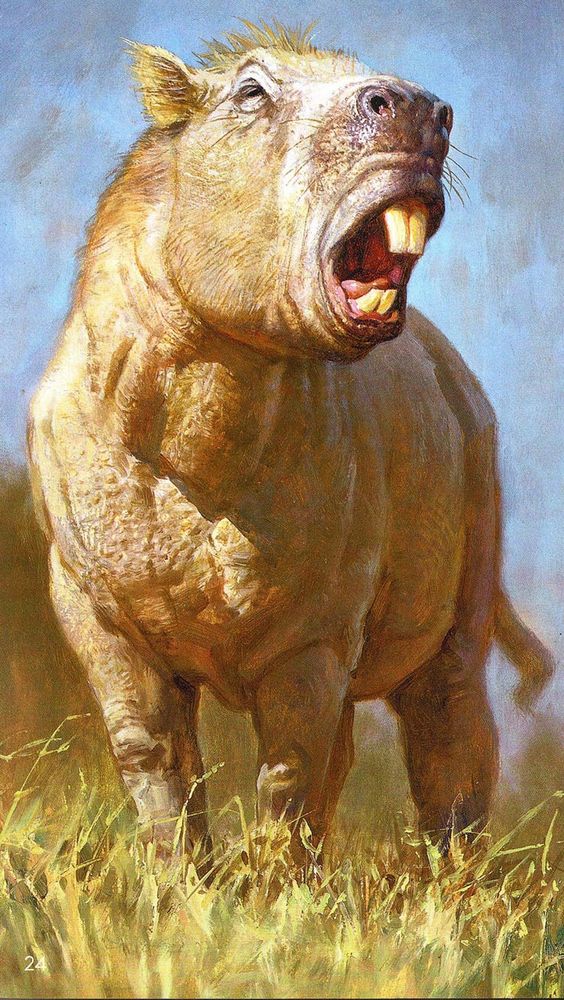
August 1, 2025 at 5:33 PM
wow! that's a good looking fellow
It's been also the case, like in this also relatively famous paper from 1999, that people describe as a fold what could also be an artefact produced during brain extraction (Haydar et al, 1999, black arrow. We've seen that in wild type brains, it's interesting, though!)
5/n
5/n

July 29, 2025 at 7:54 AM
It's been also the case, like in this also relatively famous paper from 1999, that people describe as a fold what could also be an artefact produced during brain extraction (Haydar et al, 1999, black arrow. We've seen that in wild type brains, it's interesting, though!)
5/n
5/n
Of course, you could also do something completely weird, and produce some sort of malformation that would be described as brain folding, which is probably what went on with this famous folded mouse brain from 2002. Look how even ventricles that are folded! That never happens in nature...
4/n
4/n

July 29, 2025 at 7:50 AM
Of course, you could also do something completely weird, and produce some sort of malformation that would be described as brain folding, which is probably what went on with this famous folded mouse brain from 2002. Look how even ventricles that are folded! That never happens in nature...
4/n
4/n
I'd love to have your opinion on this paper we wrote back in 2008 doi.org/10.1093/cerc...
Within humans (N=314, which was large back then), there's hyper-allometry of the whole neocortex, with a posterior-anterior gradient (disproportionately large prefrontal cortex in people with large brains)
Within humans (N=314, which was large back then), there's hyper-allometry of the whole neocortex, with a posterior-anterior gradient (disproportionately large prefrontal cortex in people with large brains)

June 1, 2025 at 8:20 AM
I'd love to have your opinion on this paper we wrote back in 2008 doi.org/10.1093/cerc...
Within humans (N=314, which was large back then), there's hyper-allometry of the whole neocortex, with a posterior-anterior gradient (disproportionately large prefrontal cortex in people with large brains)
Within humans (N=314, which was large back then), there's hyper-allometry of the whole neocortex, with a posterior-anterior gradient (disproportionately large prefrontal cortex in people with large brains)
Here's the Semendeferi 2001 plot. Histology is hard work & wishing for more points is cheap. But I'd rather not draw strong conclusions from those stats...
A slope=1.6 across species and 0.75 within would mean hyper-allometry across and hypo-allometry within. Is there a conceptual problem with this?
A slope=1.6 across species and 0.75 within would mean hyper-allometry across and hypo-allometry within. Is there a conceptual problem with this?

June 1, 2025 at 8:12 AM
Here's the Semendeferi 2001 plot. Histology is hard work & wishing for more points is cheap. But I'd rather not draw strong conclusions from those stats...
A slope=1.6 across species and 0.75 within would mean hyper-allometry across and hypo-allometry within. Is there a conceptual problem with this?
A slope=1.6 across species and 0.75 within would mean hyper-allometry across and hypo-allometry within. Is there a conceptual problem with this?
Another hint comes from the work of L. Krubitzer: larger neocortices have increasingly more 'associative' (non primary) areas:

May 28, 2025 at 1:46 PM
Another hint comes from the work of L. Krubitzer: larger neocortices have increasingly more 'associative' (non primary) areas:
is not bad in general, different for different aspects (but that also reflects our ability to measure stuff). One example here (Changizi 2007):

May 28, 2025 at 1:42 PM
is not bad in general, different for different aspects (but that also reflects our ability to measure stuff). One example here (Changizi 2007):
Eduardo Leyva on "Programming and reprogramming the nervous system via CUT homeobox genes" at #ECCN2025, @k4tj4.bsky.social @borrell-lab.bsky.social




May 6, 2025 at 3:14 PM
Eduardo Leyva on "Programming and reprogramming the nervous system via CUT homeobox genes" at #ECCN2025, @k4tj4.bsky.social @borrell-lab.bsky.social
Nuria Flames showing how C. Elegans can be used to learn about the mechanisms underlying evolutionary adaptations of homologous neuronal cell types, #ECCN2025 @borrell-lab.bsky.social @k4tj4.bsky.social
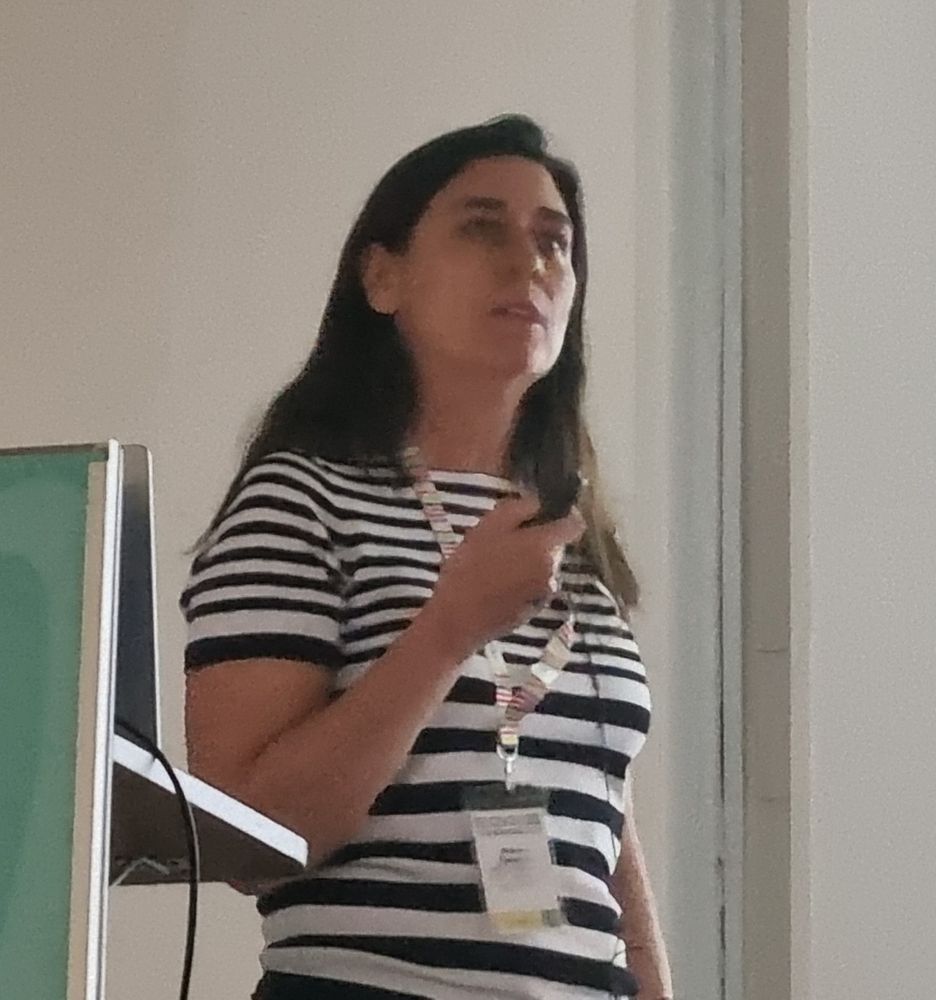
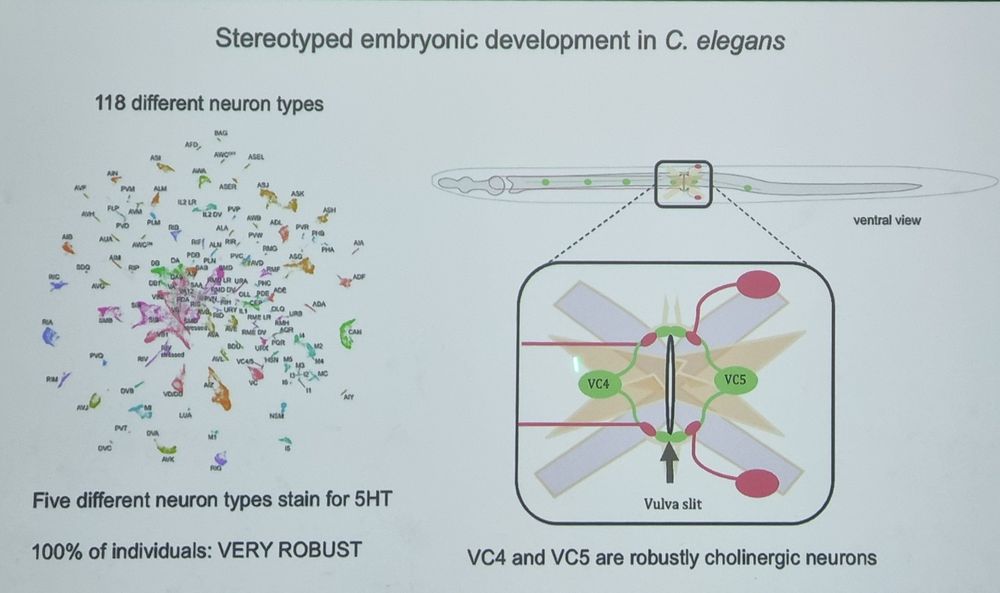
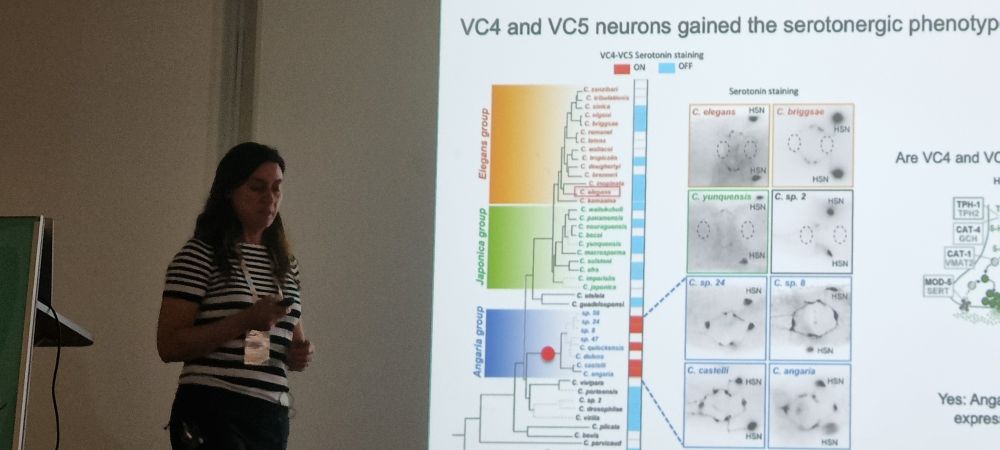
May 6, 2025 at 2:51 PM
Nuria Flames showing how C. Elegans can be used to learn about the mechanisms underlying evolutionary adaptations of homologous neuronal cell types, #ECCN2025 @borrell-lab.bsky.social @k4tj4.bsky.social
Differences in neurogenesis across species appear since the earliest stages of development, as shows @cohouart.bsky.social
#ECCN2025 @borrell-lab.bsky.social @k4tj4.bsky.social
#ECCN2025 @borrell-lab.bsky.social @k4tj4.bsky.social
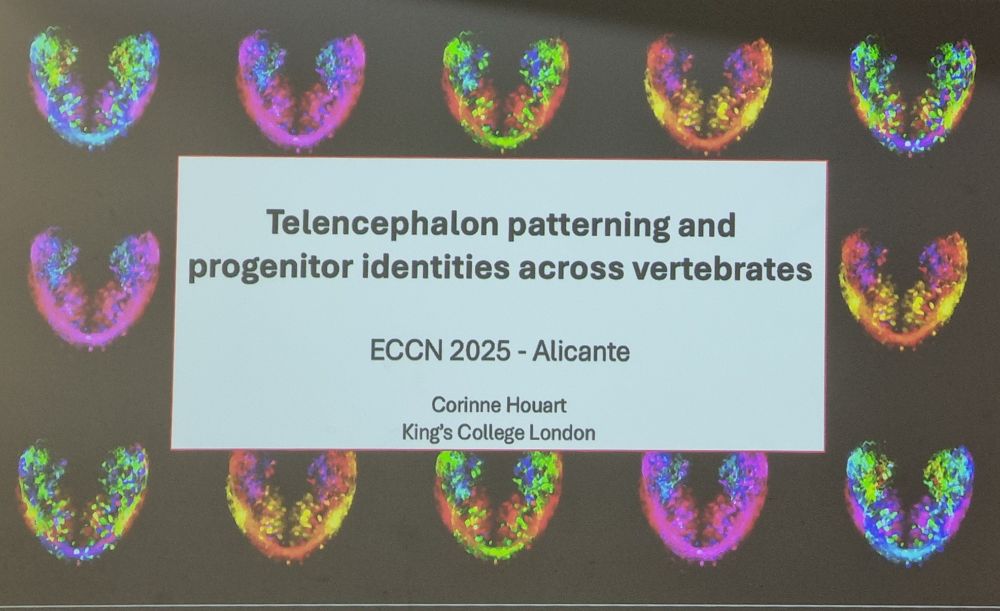
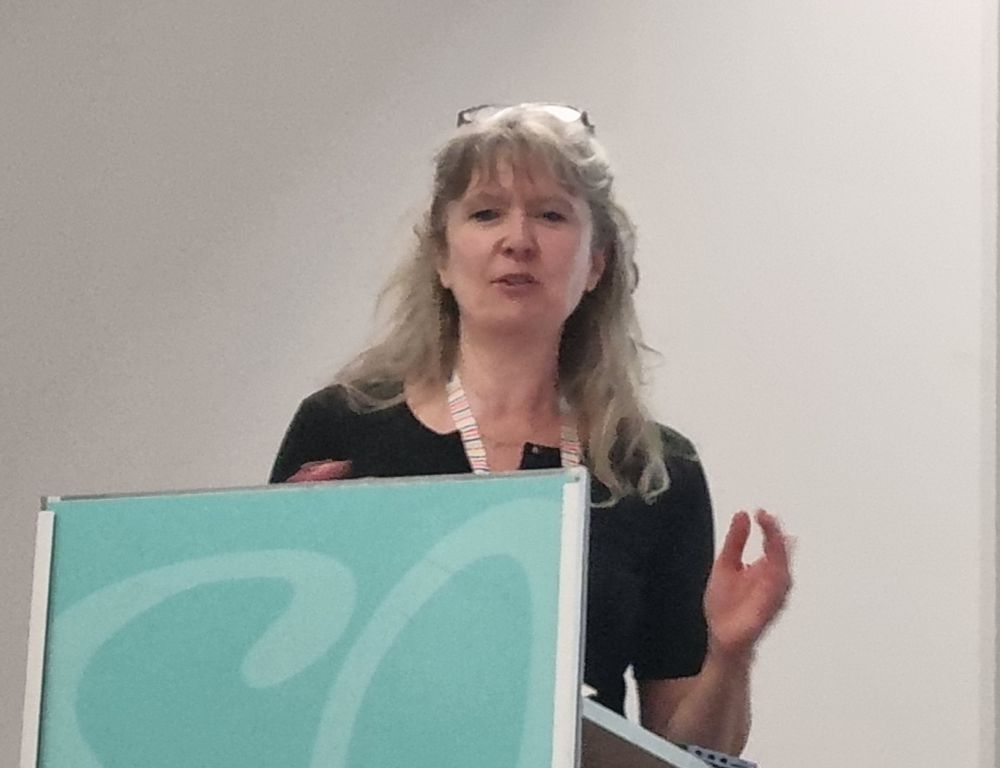

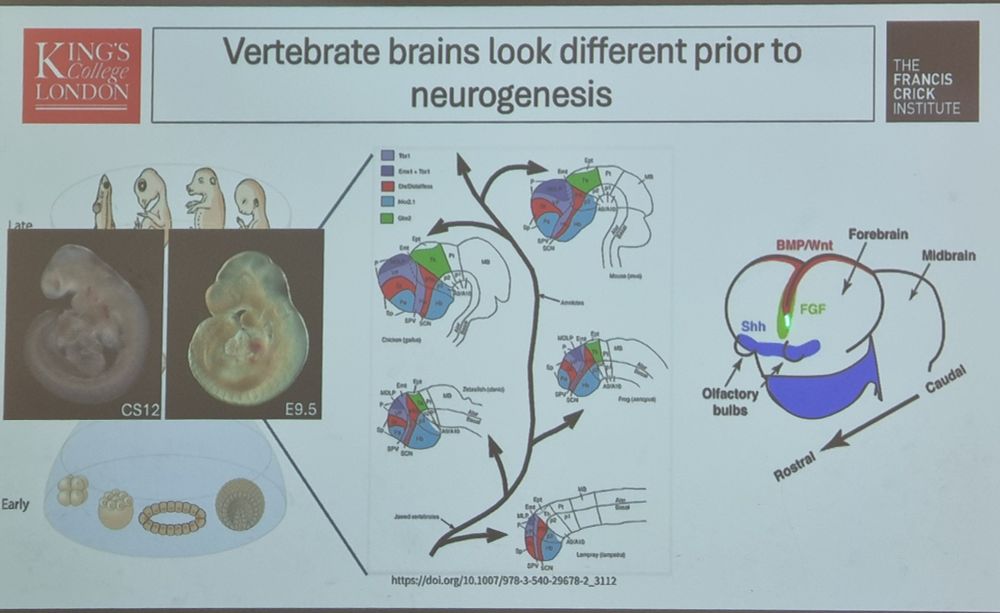
May 6, 2025 at 10:41 AM
Differences in neurogenesis across species appear since the earliest stages of development, as shows @cohouart.bsky.social
#ECCN2025 @borrell-lab.bsky.social @k4tj4.bsky.social
#ECCN2025 @borrell-lab.bsky.social @k4tj4.bsky.social
How do large brains emerge in different branches of the phylogenetic tree? @eveseuntjens.bsky.social talks about octopuses at #ECCN2025
@k4tj4.bsky.social @borrell-lab.bsky.social
@k4tj4.bsky.social @borrell-lab.bsky.social




May 6, 2025 at 9:22 AM
How do large brains emerge in different branches of the phylogenetic tree? @eveseuntjens.bsky.social talks about octopuses at #ECCN2025
@k4tj4.bsky.social @borrell-lab.bsky.social
@k4tj4.bsky.social @borrell-lab.bsky.social
as @aitormg.bsky.social mentioned, the slicing process introduces some nasty deformations. Depending on the geometry of the brain, and the direction of the blade, there's local scaling and skew. Here I find a 12 dof affine that takes each raw slice to the same slice after (global) Laplace smoothing:
April 9, 2025 at 9:21 AM
as @aitormg.bsky.social mentioned, the slicing process introduces some nasty deformations. Depending on the geometry of the brain, and the direction of the blade, there's local scaling and skew. Here I find a 12 dof affine that takes each raw slice to the same slice after (global) Laplace smoothing:
and with the uniform Laplacian we get a quite funny artefact! (most likely due to the straight cut from the midbrain, which has a few very large triangles)
April 9, 2025 at 9:12 AM
and with the uniform Laplacian we get a quite funny artefact! (most likely due to the straight cut from the midbrain, which has a few very large triangles)
here's the result with the cotan Laplacian (quite nice!)
April 9, 2025 at 9:11 AM
here's the result with the cotan Laplacian (quite nice!)






